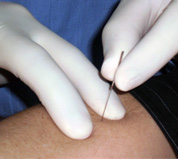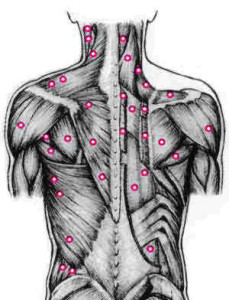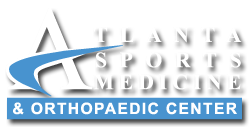Intramuscular Manual Therapy
Intramuscular manual therapy involves the use of thin, filament needles to release trigger points or “knots” in muscle tissue. This trigger point release allows a dysfunctional muscle to relax completely. Thus, soft tissue repair is accelerated and tendon tension is decreased. The filament needles are thin and cone-shaped, unlike the serrated needles used for injections. This minimizes the pain experienced and prevents bleeding. To perform intramuscular manual therapy, the physical therapist inserts the needle repetitively into the trigger point (“pistoning”) until an involuntary muscle spasm is experienced. Moist heat is applied post-treatment to promote the healing response.
What Conditions Benefit From Needling?
Intramuscular manual therapy may also be used for acute and chronic sporting injuries such as:

How Often Should I Get Needled?
The recommended spacing between treatments is every 5-7 days. Depending on your diagnosis and treatment response, 2-3 treatments may be all that is required.
Does Intramuscular Manual Therapy Hurt?
Some patients don’t feel the needle being inserted into their muscle. However, when the trigger point ‘releases’, the spontaneous muscle contraction can be noticeable. Patients commonly report muscle soreness similar to that following a hard workout. This may be noted for a few hours post treatment.
when the trigger point ‘releases’, the spontaneous muscle contraction can be noticeable. Patients commonly report muscle soreness similar to that following a hard workout. This may be noted for a few hours post treatment.
Are There Risks With Intramuscular Manual Therapy?
Our therapists are extensively trained and experienced in the techniques and 3D anatomy of intramuscular manual therapy. We utilize sterile, disposable needles, gloves and a clean work area. Risks include the possibility of a pneumo-thorax (lung puncture) or infection.
